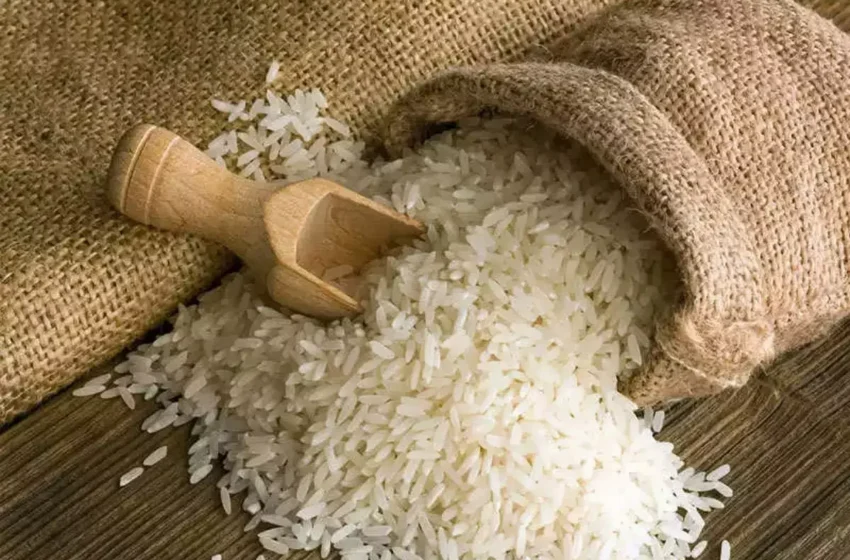12 Nutritional Facts You Probably Didn’t Know About Rice

Surprising nutritional facts about rice
Rice is a global staple, but beyond its culinary versatility, it offers a wealth of nutritional benefits. From providing essential vitamins to offering health-promoting antioxidants, rice is more than just a carbohydrate source. Here are 12 nutritional facts about rice that might surprise you.
1. Rice Is a Rich Source of Carbohydrates
Rice is primarily composed of carbohydrates, making it an excellent energy source. A single serving can provide a significant portion of your daily energy needs.
2. Brown Rice Contains More Fiber Than White Rice
Brown rice retains its bran and germ, providing more fiber compared to white rice. This fiber aids in digestion and helps maintain healthy blood sugar levels.
3. White Rice Is Often Enriched with Nutrients
To compensate for nutrient loss during processing, white rice is often enriched with iron and B vitamins, such as thiamine and niacin.
4. Rice Is Naturally Gluten-Free
Rice is a gluten-free grain, making it a safe and nutritious option for individuals with celiac disease or gluten sensitivity.
5. Wild Rice Is Not True Rice
Despite its name, wild rice is not a true rice; it’s an aquatic grass. It has a nutty flavor and is higher in protein and fiber than white rice.
6. Forbidden Rice Is Packed with Antioxidants
Forbidden rice, also known as black rice, contains anthocyanins, antioxidants that may help protect against heart disease and cancer.
7. Rice Is a Good Source of Essential Minerals
Rice provides essential minerals like magnesium, phosphorus, and selenium, which support various bodily functions.
8. Parboiled Rice Retains More Nutrients
Parboiled rice undergoes a steaming process that helps retain more nutrients, including B vitamins and minerals, compared to regular white rice.
9. Rice Can Be a Part of a Balanced Diet
When consumed in moderation and as part of a balanced diet, rice can contribute to overall health and well-being.
READ ALSO
8 Mistakes You’re Making When Storing Food
10 Ways to Eat More Vegetables Without Noticing
10. Rice Can Be Part of Weight Management
Incorporating rice into a balanced diet can aid in weight management, especially when combined with vegetables and lean proteins.
11. Rice Is a Versatile Ingredient
Rice can be used in various dishes, from main courses to desserts, showcasing its versatility in different cuisines.
12. Rice Has a Long History of Cultivation
Rice has been cultivated for thousands of years, with its origins tracing back to ancient civilizations in Asia.
FAQ: Nutritional Facts About Rice
Q1: Is rice a healthy food option?
A1: Yes, rice is a healthy food option when consumed in moderation and as part of a balanced diet. Brown rice, in particular, offers more fiber and nutrients compared to white rice.
Q2: How does brown rice compare to white rice nutritionally?
A2: Brown rice retains its bran and germ, providing more fiber, vitamins, and minerals than white rice, which has been stripped of these components during processing.
Q3: Can rice be part of a gluten-free diet?
A3: Yes, rice is naturally gluten-free, making it a safe and nutritious option for individuals with celiac disease or gluten sensitivity.
Q4: What are the health benefits of wild rice?
A4: Wild rice is higher in protein and fiber than white rice and contains essential nutrients like magnesium and phosphorus, supporting overall health.
Q5: What is forbidden rice and what are its benefits?
A5: Forbidden rice, also known as black rice, contains anthocyanins, antioxidants that may help protect against heart disease and cancer.
Q6: What essential minerals are found in rice?
A6: Rice provides essential minerals like magnesium, phosphorus, and selenium, which support various bodily functions.
Q7: How does parboiled rice differ from regular white rice?
A7: Parboiled rice undergoes a steaming process that helps retain more nutrients, including B vitamins and minerals, compared to regular white rice.
Q8: Can rice be part of a weight management plan?
A8: Incorporating rice into a balanced diet can aid in weight management, especially when combined with vegetables and lean proteins.
Q9: How versatile is rice in cooking?
A9: Rice can be used in various dishes, from main courses to desserts, showcasing its versatility in different cuisines.
Q10: What is the history of rice cultivation?
A10: Rice has been cultivated for thousands of years, with its origins tracing back to ancient civilizations in Asia.

